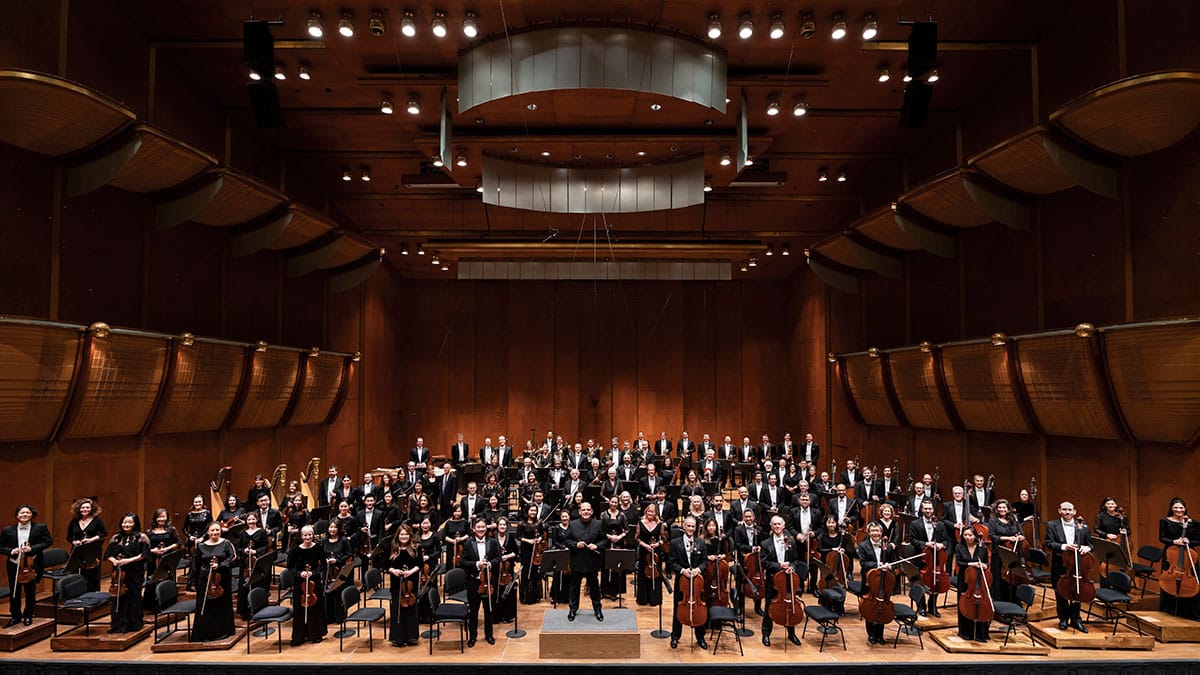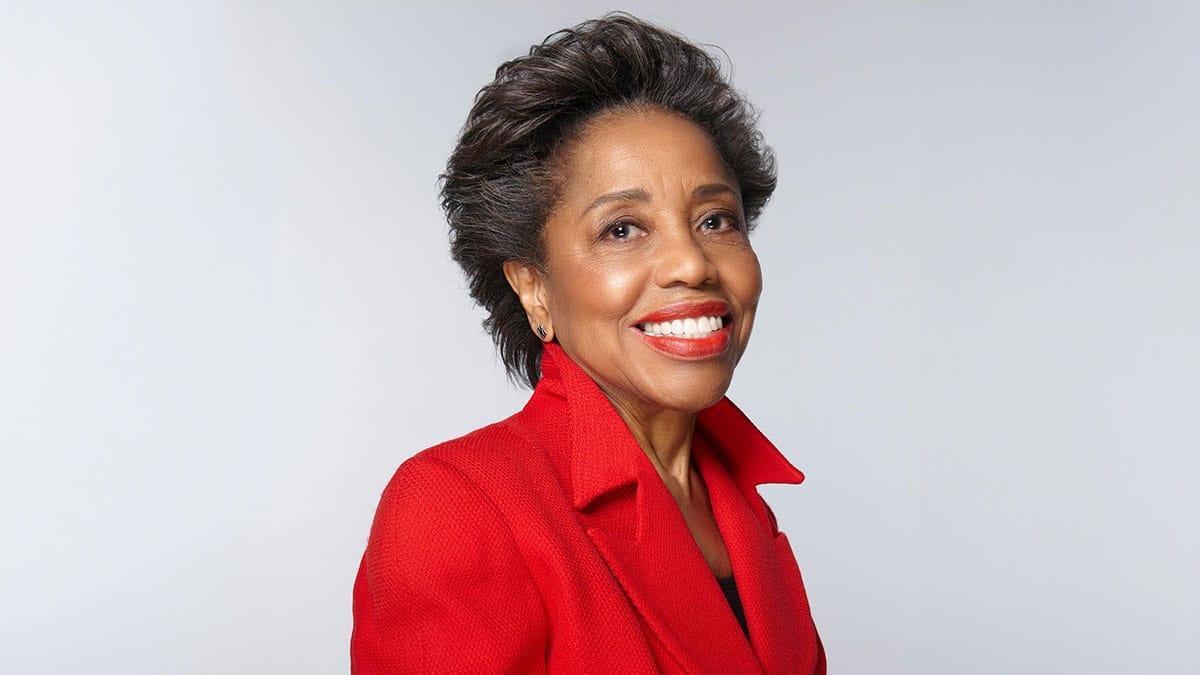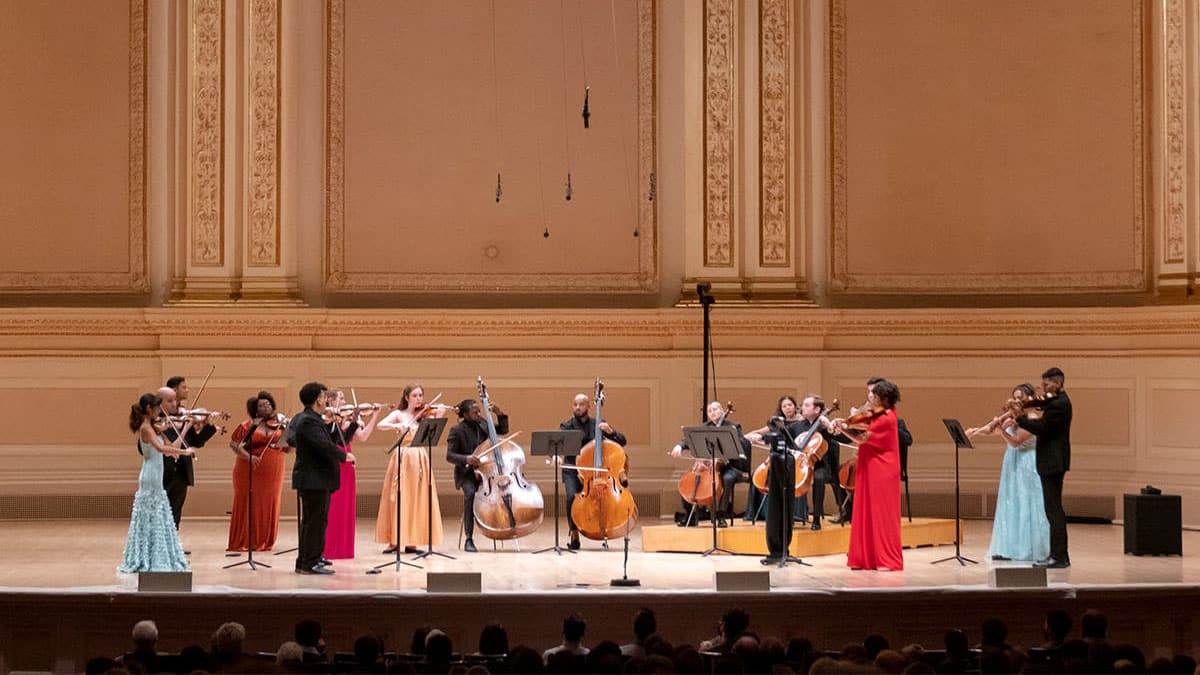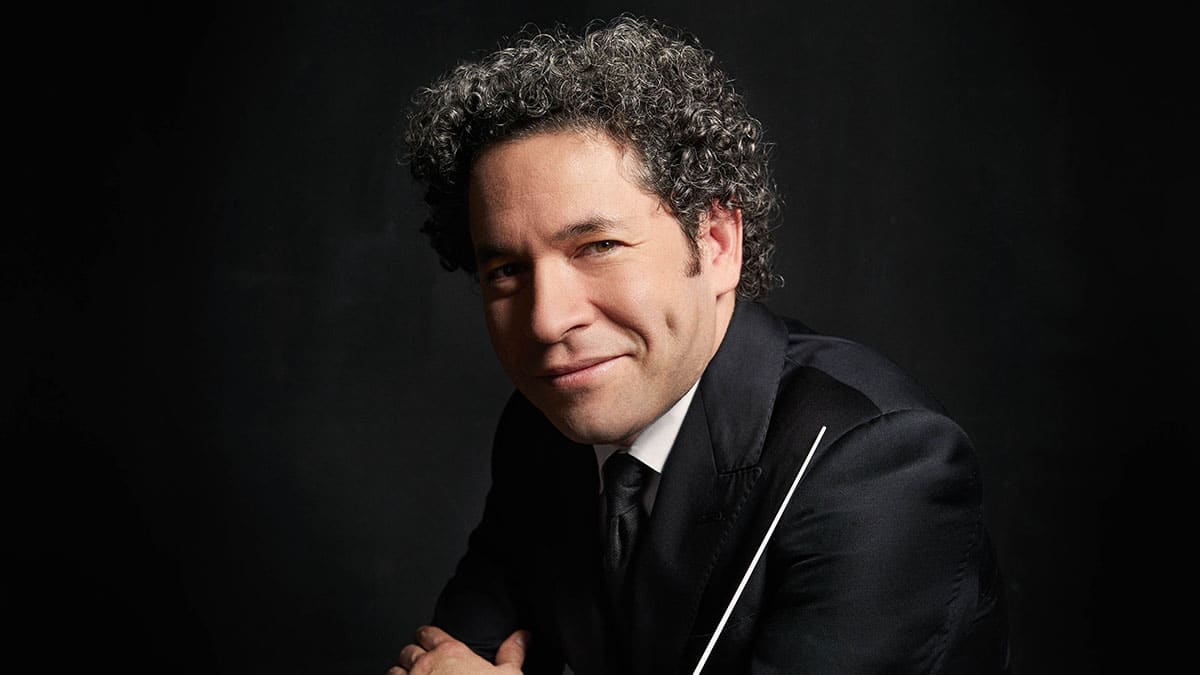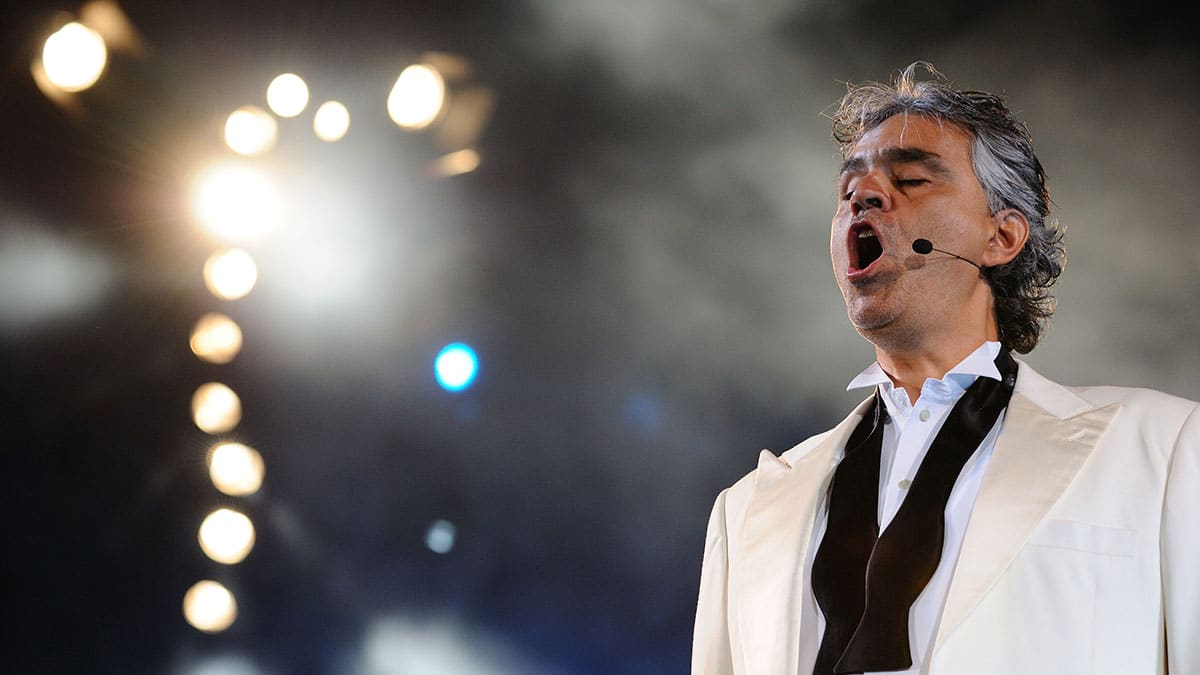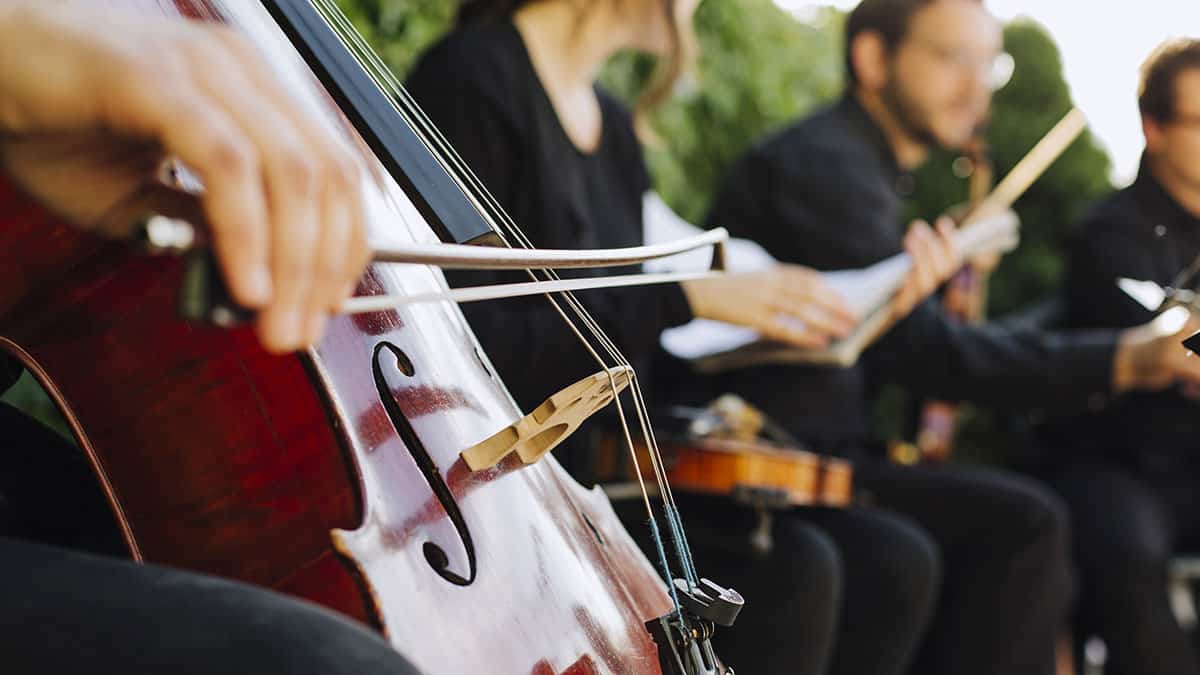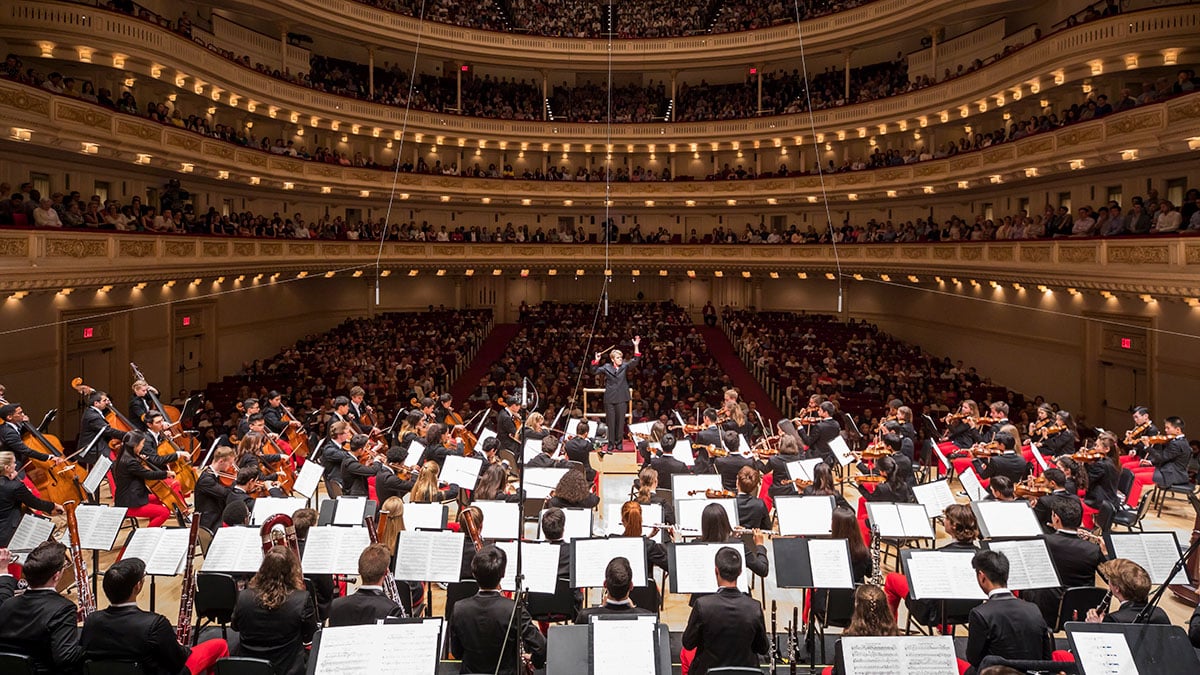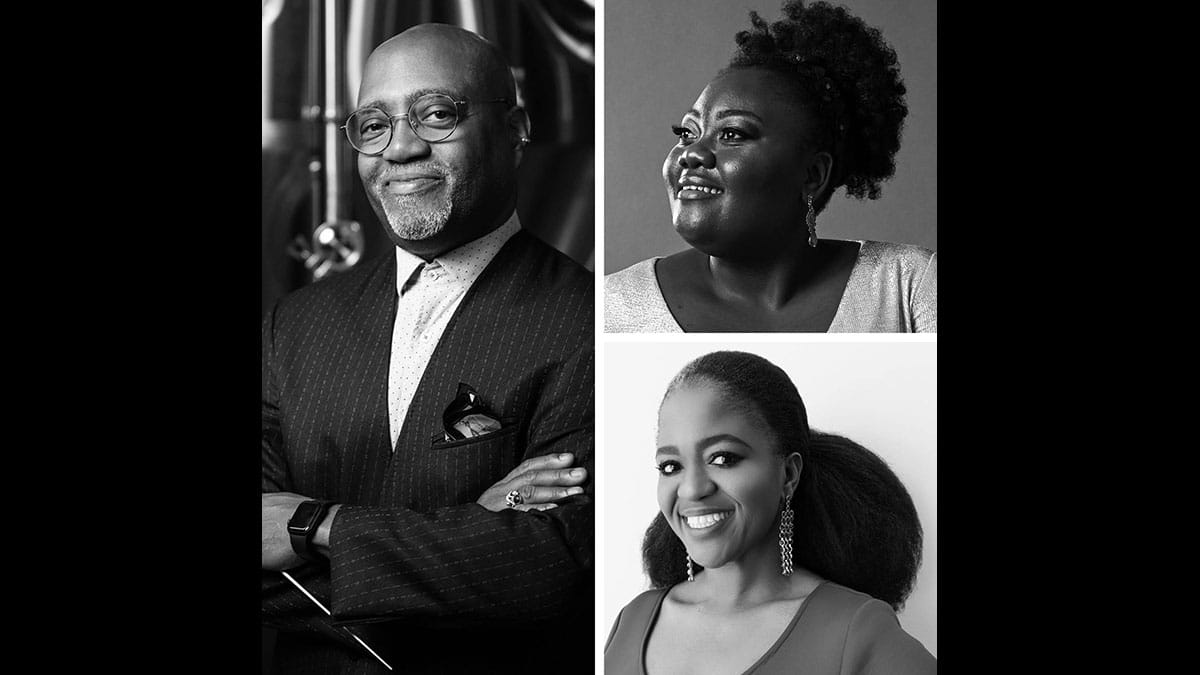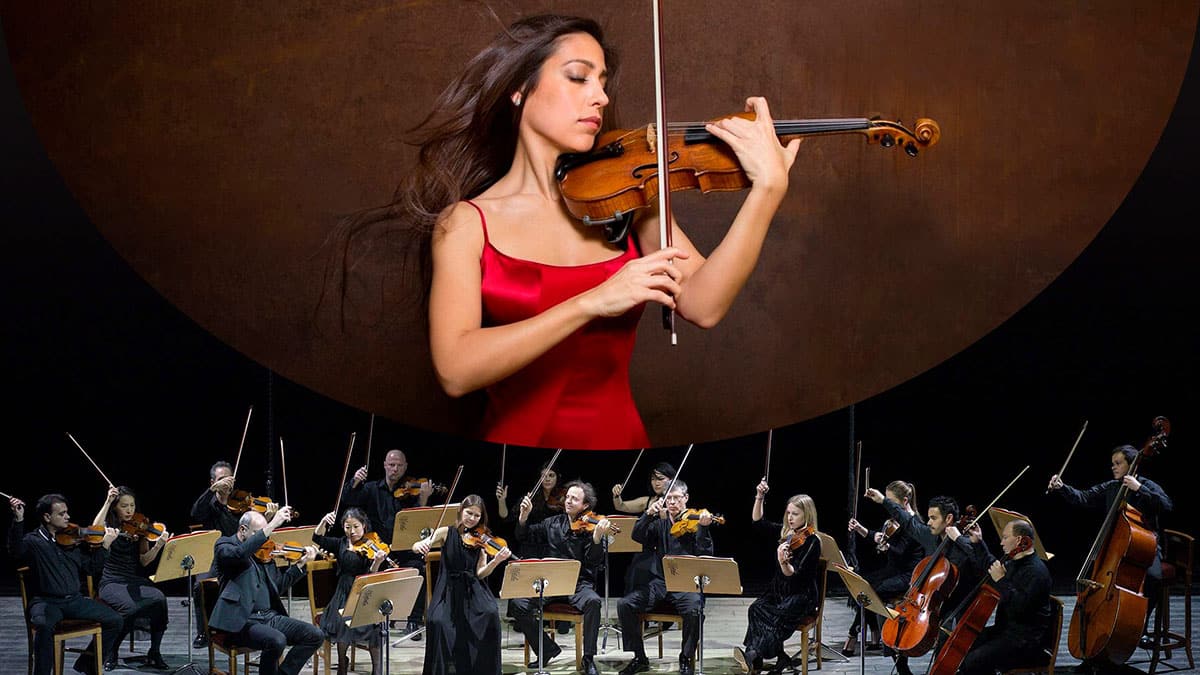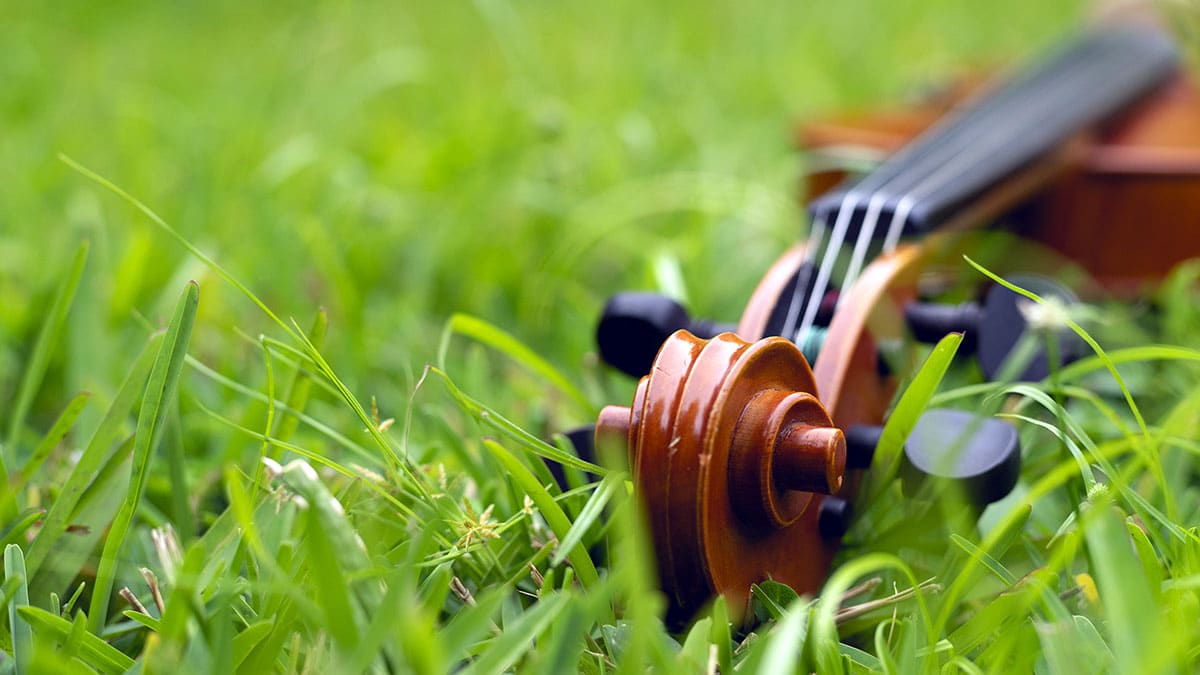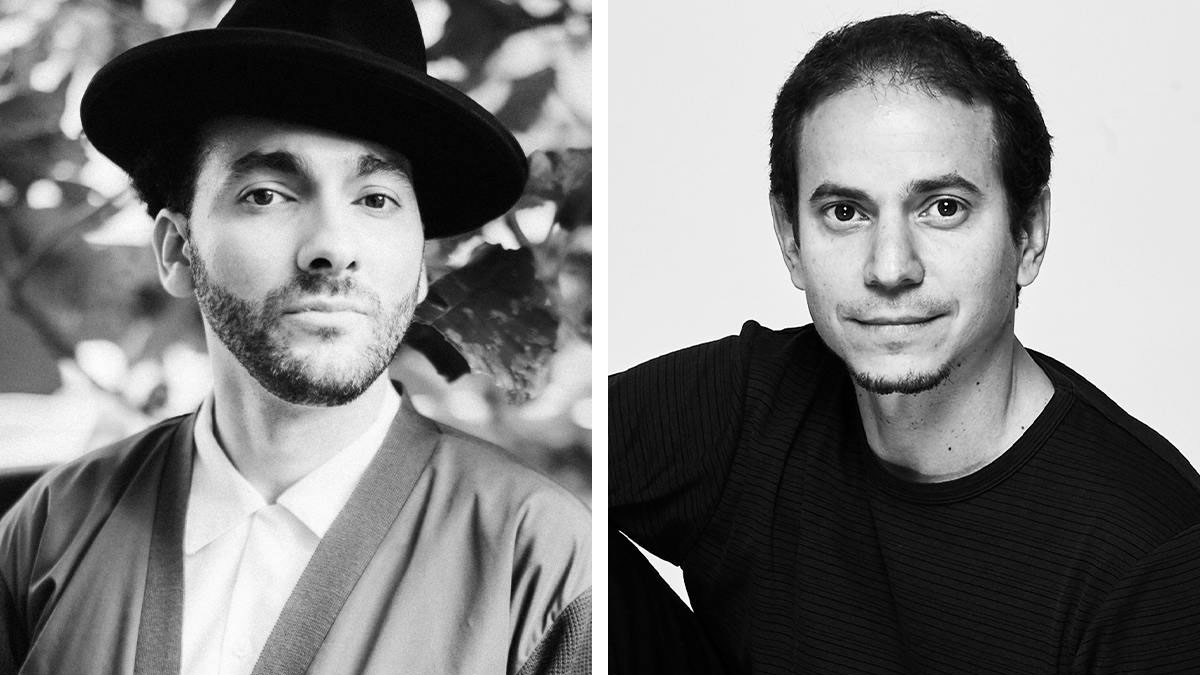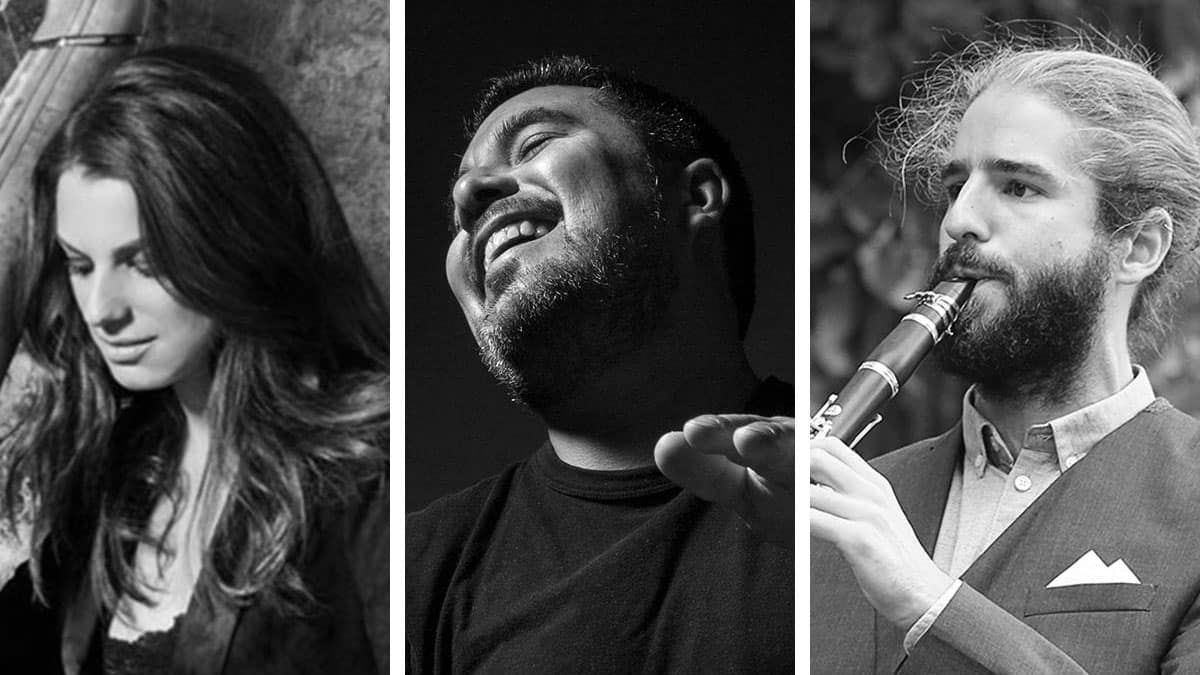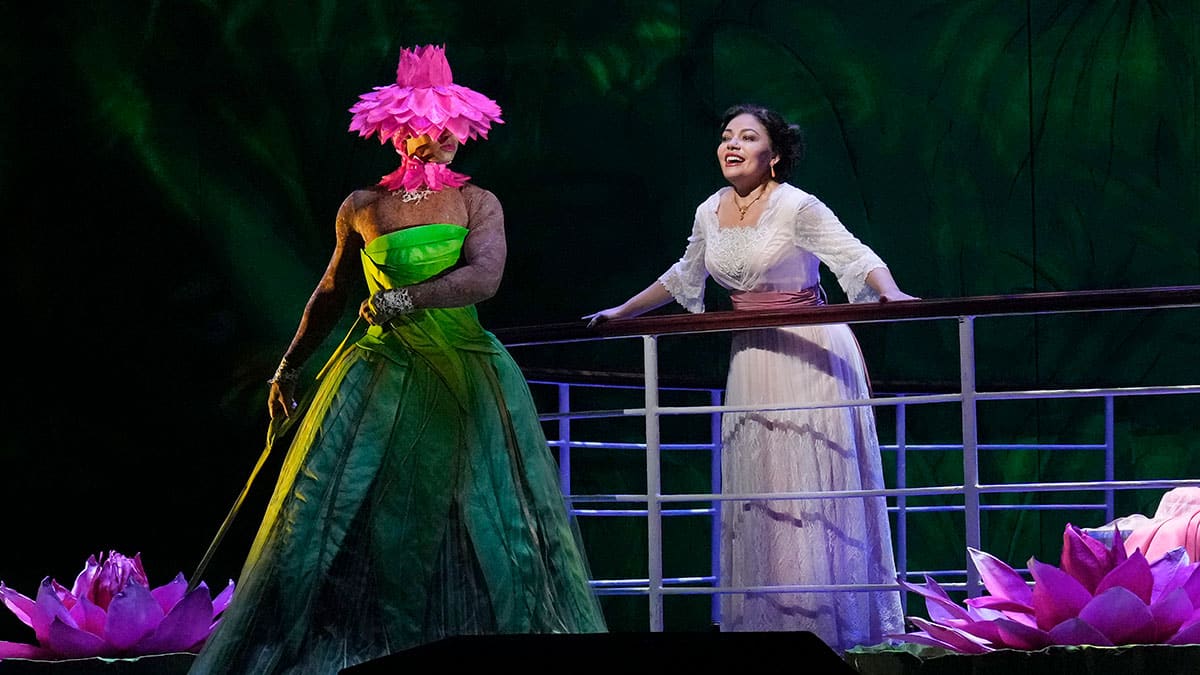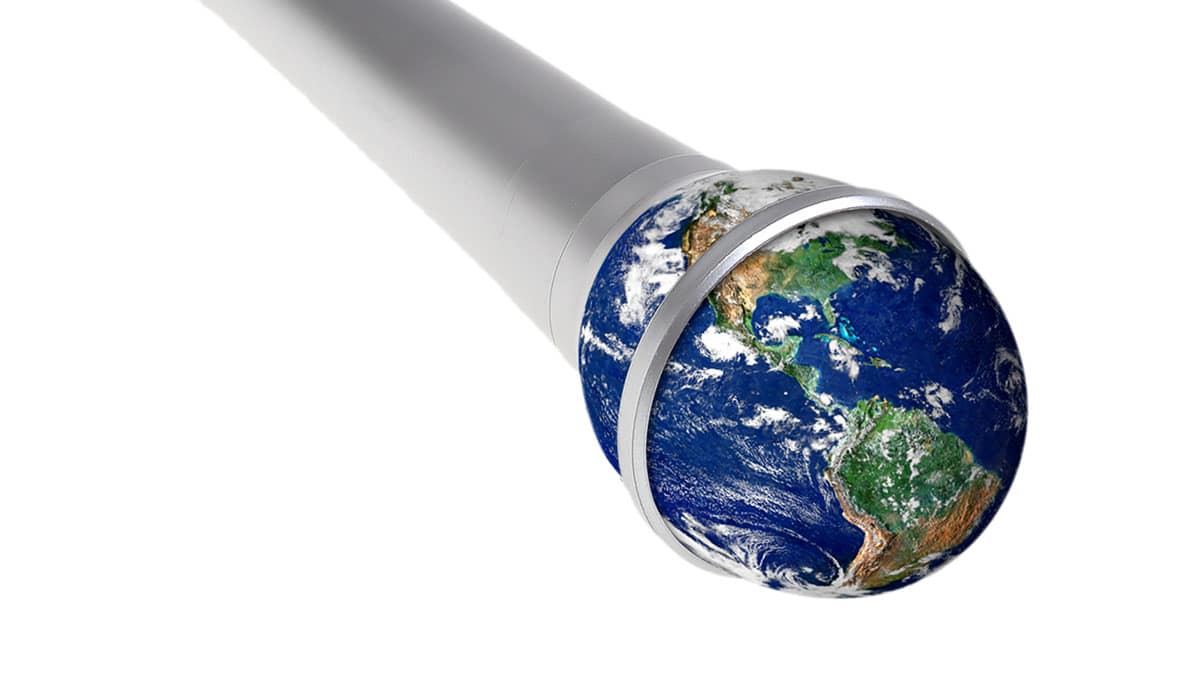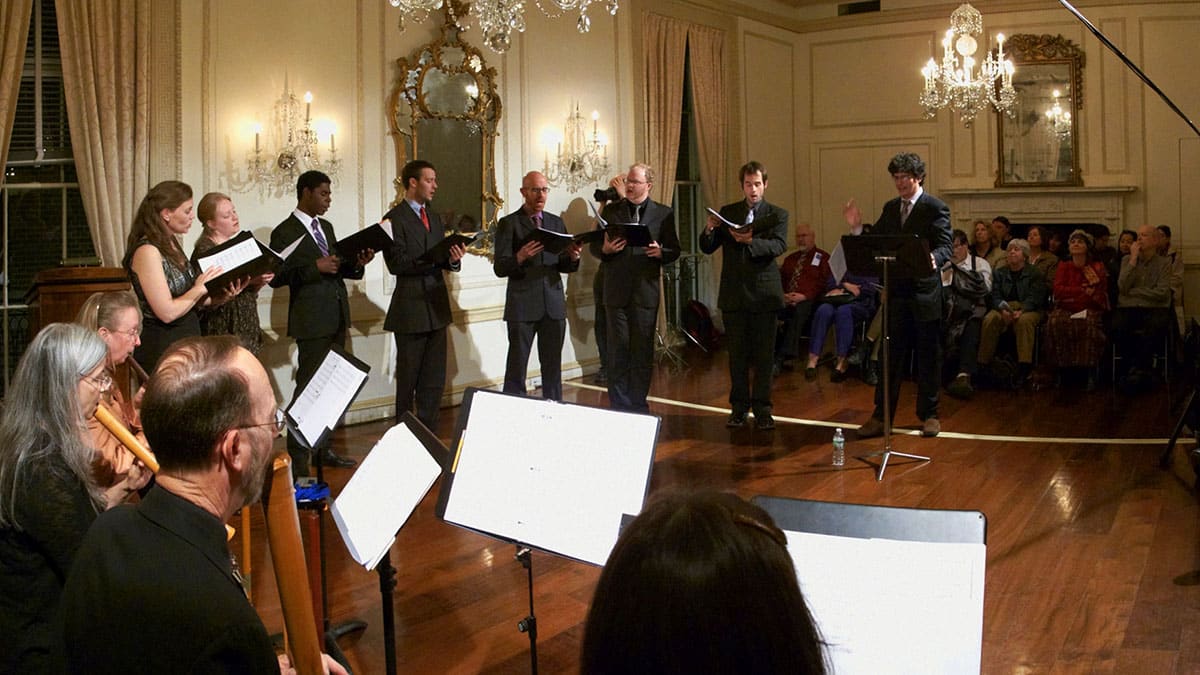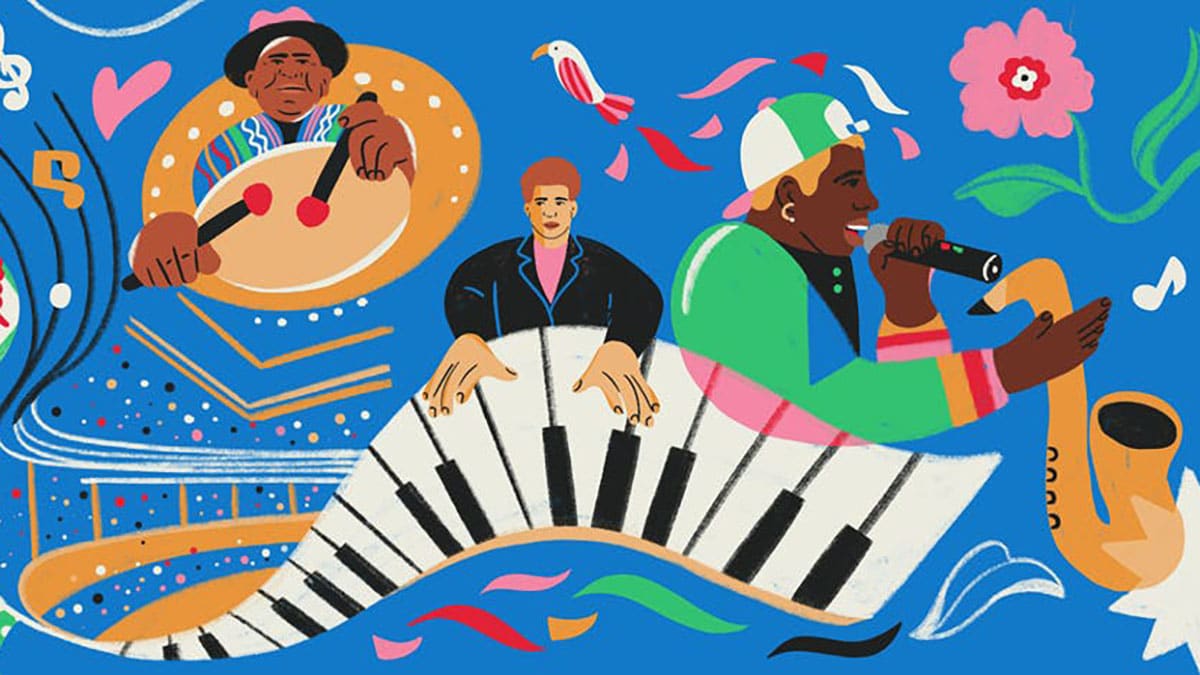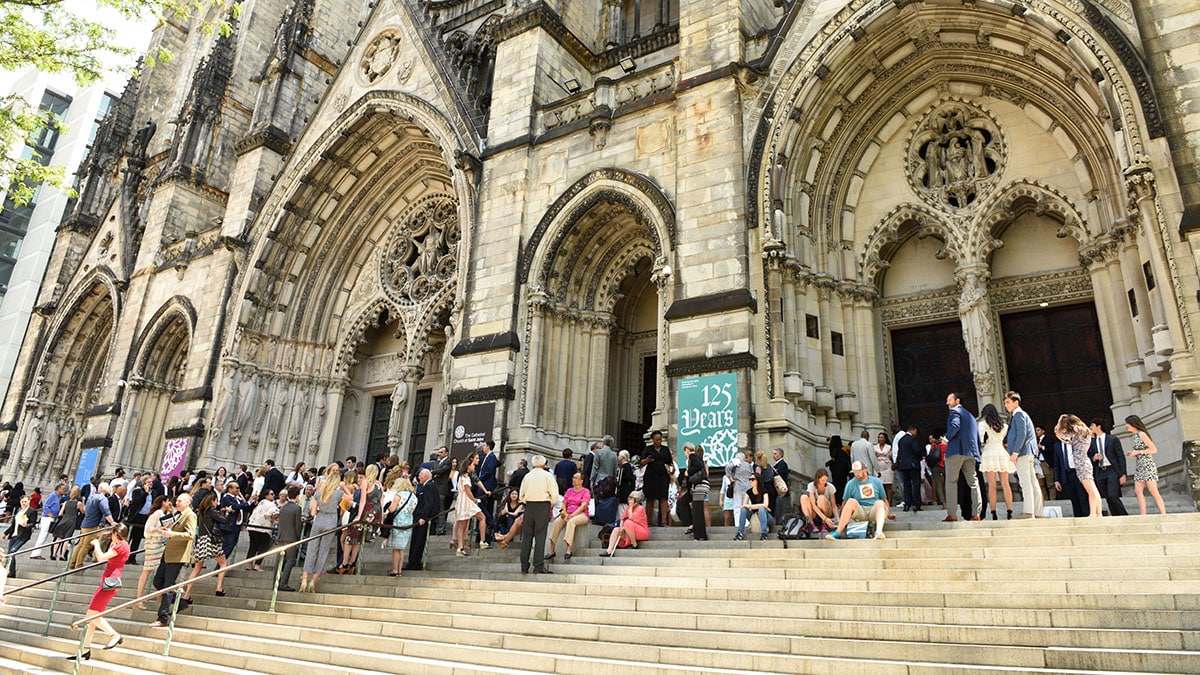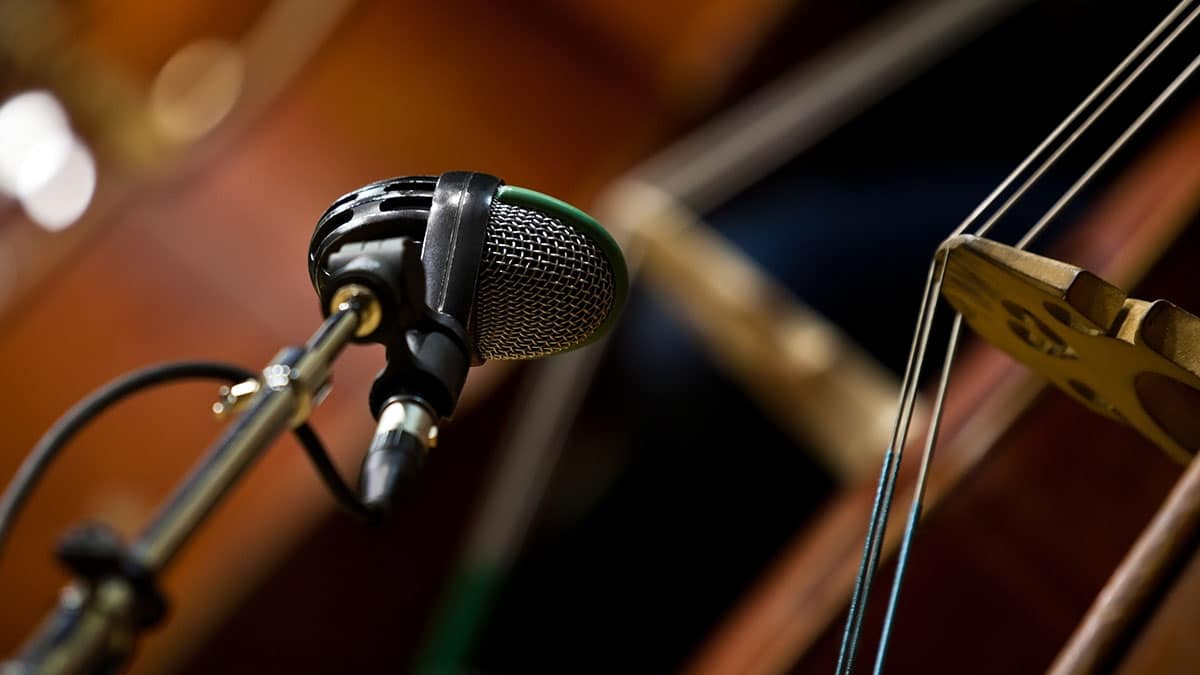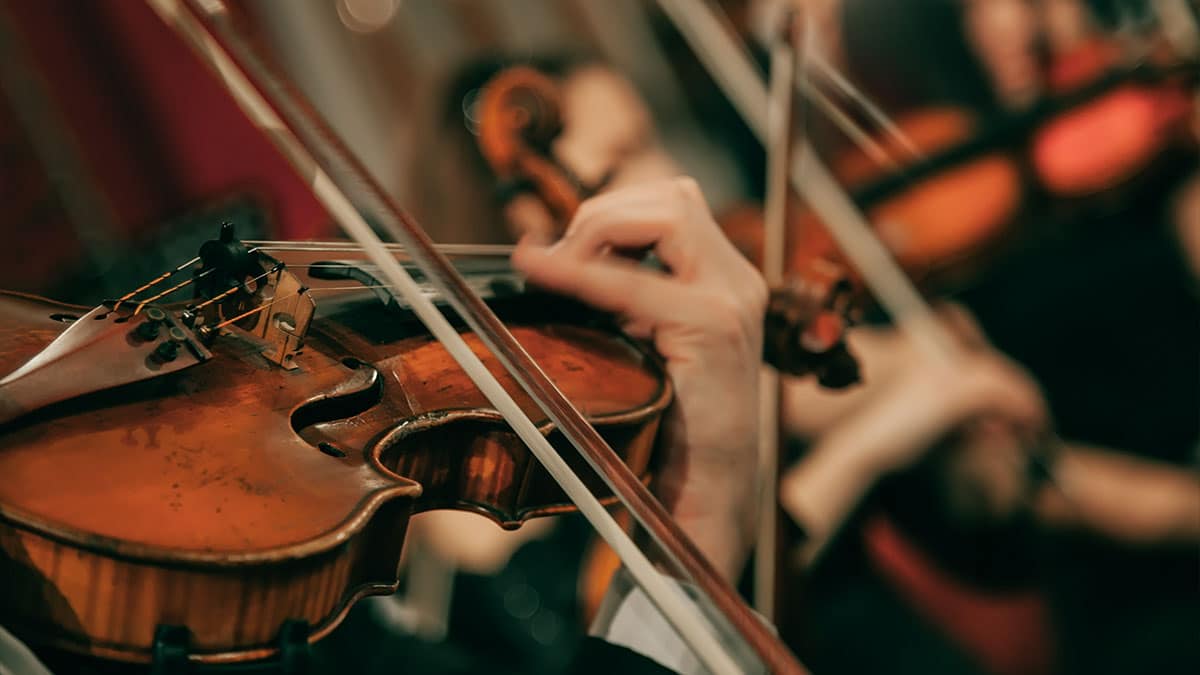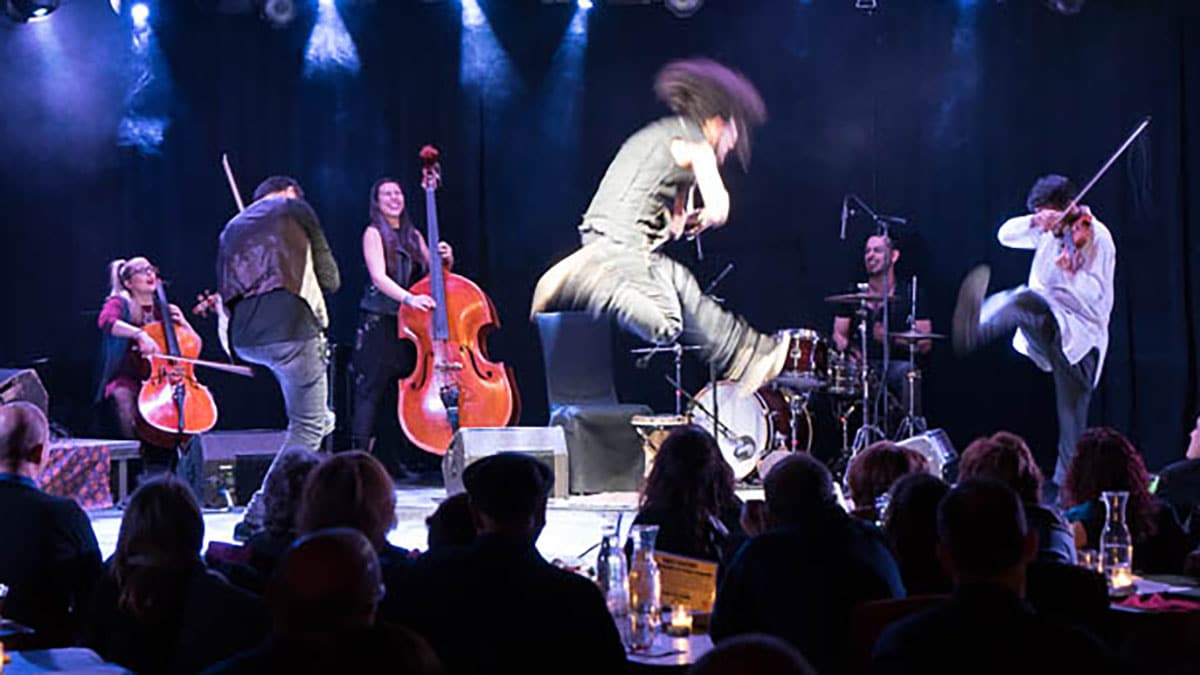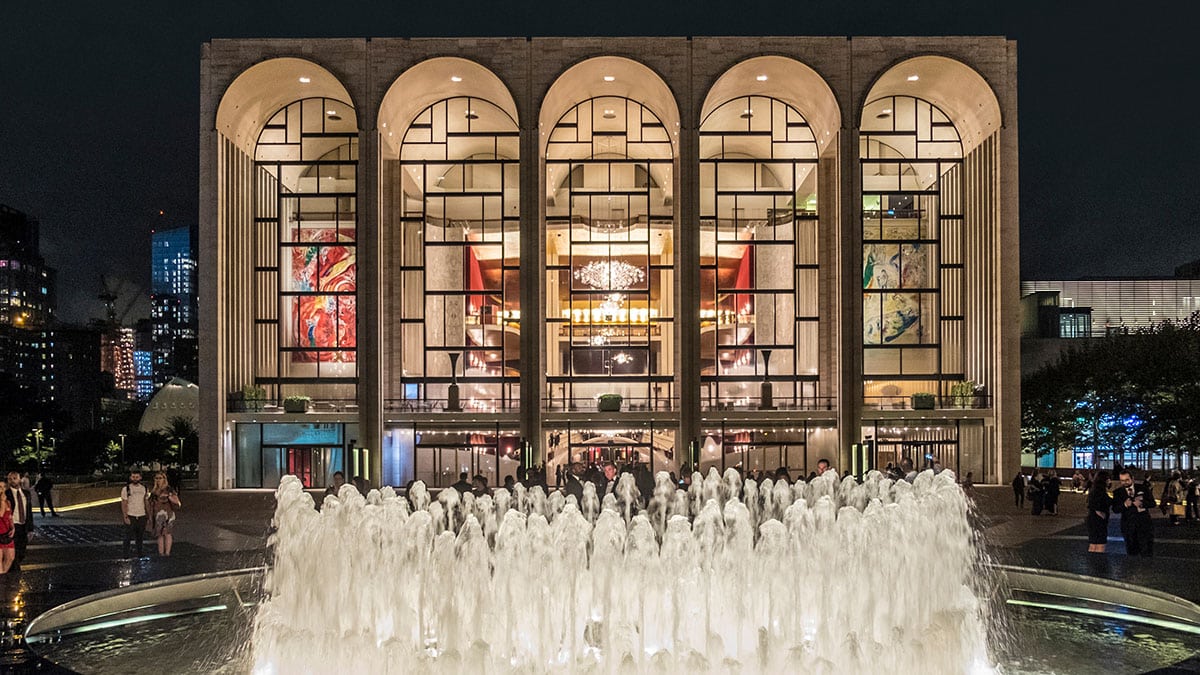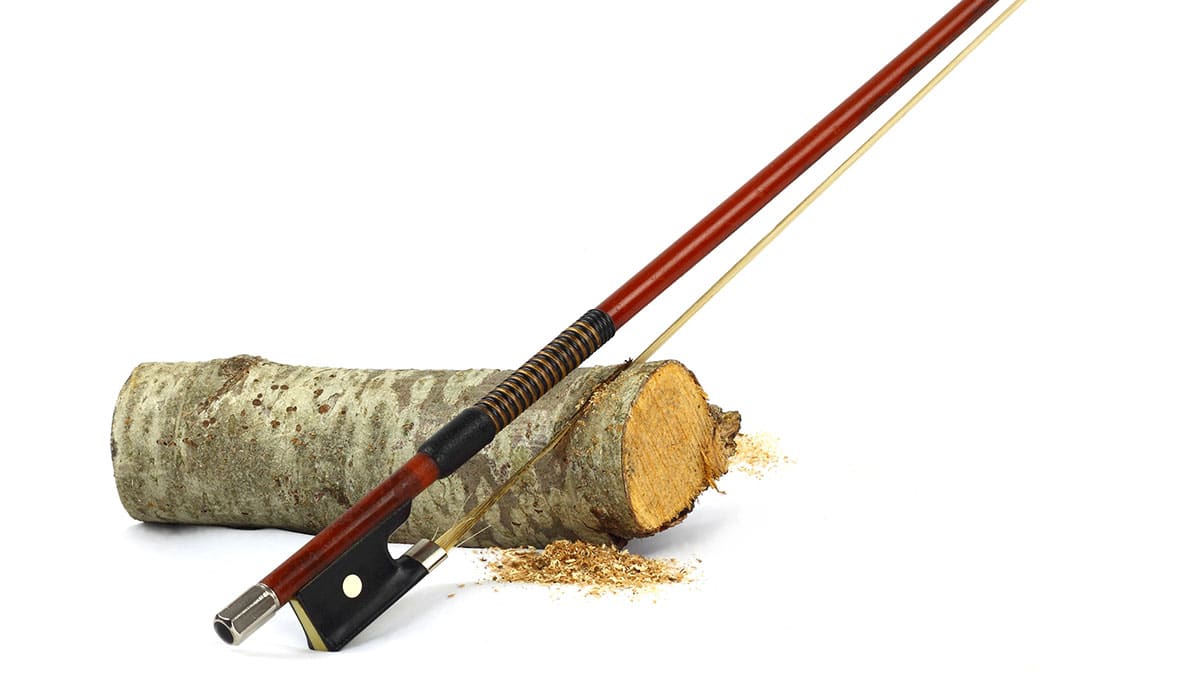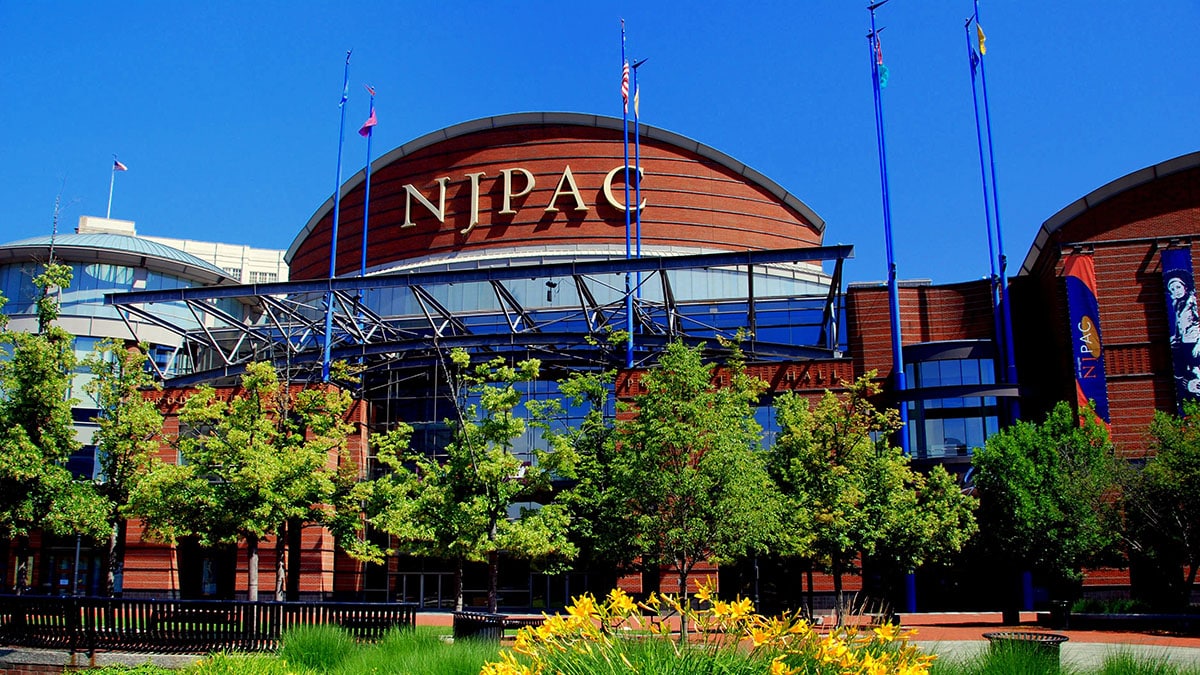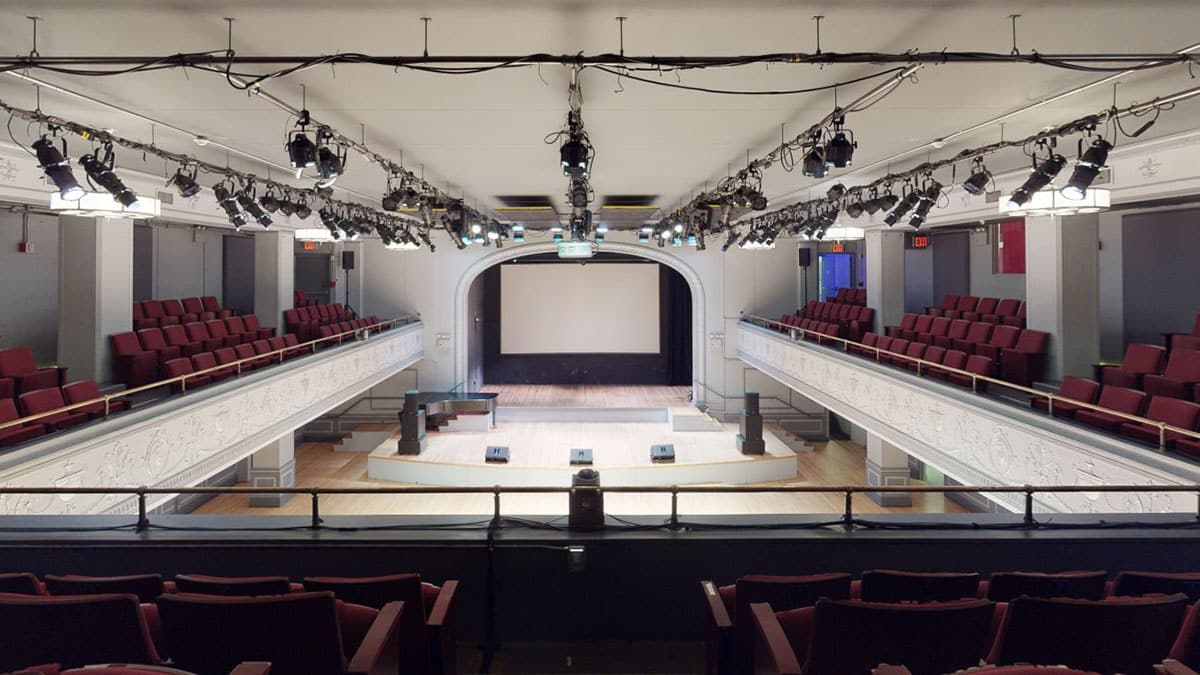Classical Music in New York City is having a renaissance as young people discover its contemporary forms. The Metropolitan Opera, New York Philharmonic, and Orchestra of St. Luke’s are NYC’s busiest orchestras. Venezuelan conductor Gustavo Dudamel takes the NY Phil baton in 2026. The Metropolitan Opera House, David Geffen Hall, and Carnegie Hall are NYC’s leading classical music halls. Jazz and classical are two sides of the same coin.
New York Philharmonic Plays Holiday Favorite Handel’s “Messiah”
Handel “Messiah”
Isabel Leonard mezzo-soprano, Berlioz “Le Nuits d’été” 🇦🇷
DAVID GEFFEN HALL, Lincoln Center, Manhattan
Tania León Curates Dialogues with Cuban Pianist Dayramir González, Violinist Concetta Abbate, and Cuban Pianist Santiago Beis
QUEENS PUBLIC LIBRARY CENTRAL LIBRARY, Jamaica, Queens 🇺🇸 🇧🇷 🇨🇺 🇺🇾
Sphinx Virtuosi Black and Latin Chamber Orchestra Plays American Musical Forms From Ragtime to Opera to New Music at Carnegie Hall
CARNEGIE HALL, Midtown, Manhattan 🇺🇸 🇻🇪
Gustavo Dudamel and the Los Angeles Philharmonic Perform “Midsummer Night’s Dream” Narrated by Actress María Valverde in Spanish at Carnegie Hall
CARNEGIE HALL, Midtown, Manhattan
– Lang Lang, & Gustavo Castillo 🇨🇳 🇦🇷 🇻🇪
– Midsummer Night’s Dream & Gabriela Ortiz NY premiere “Dzonot” 🇩🇪 🇲🇽 🇴🇲 🇪🇸 🇻🇪
– Natalia Lafourcade, Ortiz, Sierra, Márquez 🇲🇽 🇵🇷 🇻🇪
Andrea Bocelli Sings Italian Pop Opera for the Holidays
MADISON SQUARE GARDEN, Chelsea, Manhattan 🇮🇹 🎄
Orchestra of St. Luke’s is a Busy Chamber Orchestra That Plays New Music, Including for Dance
DiMenna Center Benefit
DIMENNA CENTER, Hell’s Kitchen, Manhattan
World Orchestra Week is a Festival of International Youth Orchestras from Afghanistan, Africa, America, China, Europe, and Venezuela at Carnegie Hall
CARNEGIE HALL, Midtown, Manhattan 🇦🇫 🇺🇸 🇬🇧 🇨🇳 🇨🇩 🇭🇺 🇰🇪 🇲🇿 🇳🇬 🇿🇦 🇺🇦 🇻🇪
Africa United Youth Orchestra Makes its Carnegie Hall Debut with South African Composers and Sopranos, plus Dvořák’s Symphony No. 9, “From the New World”
CARNEGIE HALL, Midtown, Manhattan 🇺🇸 🇨🇩 🇰🇪 🇲🇿 🇳🇬 🇿🇦
Teatro Real is the Royal Opera of Madrid Orchestra
CARNEGIE HALL, Midtown, Manhattan 🇪🇸 🇦🇷 🇮🇹
New York Philharmonic Concerts In the Parks are a Great Way to Start Summer
VAN CORTLANDT PARK, The Bronx
CENTRAL PARK, Manhattan
CUNNINGHAM PARK, Queens
PROSPECT PARK, Brooklyn
ST GEORGE THEATRE, Staten Island
🇺🇸 🇪🇸
David Virelles Nosotros Ensemble with Dafnis Prieto, Curated by Tania León, Explores the Influence of Afro-Cuban Rhythms on American Music at Carnegie Hall
CARNEGIE HALL, Midtown, Manhattan 🇨🇺 🇨🇺 🇨🇺 🇭🇹
Leyenda Plays Latin Pop Classics with Bridget Kibbey harp, Samuel Torres percussion, and Louis Arques clarinet; for Carnegie Hall Citywide at Our Saviour’s Atonement Lutheran Church
CARNEGIE HALL CITYWIDE, Our Saviour’s Atonement Lutheran Church, Hudson Heights, Manhattan 🇦🇷 🇨🇴 🇨🇺 🇫🇷 🇺🇸
Sponsors
Thank you for sponsoring Classical Music in New York City:
- 92nd Street Y
- Carnegie Hall
- Distinguished Concerts International 🇦🇷
- Hostos Center
- Metropolitan Opera
- Rosa Antonelli 🇦🇷
- Teatro Real (Madrid) 🇪🇸
Classical Music News
Classical Orchestras in New York City
American Composers Orchestra produces new work by American composers. americancomposers.org
The Metropolitan Opera Orchestra is part of America’s largest classical music organization.
New Jersey Symphony plays diverse classical music at the New Jersey Performing Arts Center (NJPAC), in Newark, New Jersey. njsymphony.org
The New York Philharmonic is one of the world’s great symphony orchestras. Tania León is a New Music Advisor. Gustavo Dudamel takes the baton in 2026.
Orchestra of St. Lukes, led by French Canadian conductor Bernard Labadie, is a busy chamber orchestra that plays new music, including for dance. 🇨🇦
Classical Music Festivals in New York City
Chamber Music America National Conference gathers small music ensemble professionals in January.
New York Philharmonic Concerts in the Parks is a June tradition.
Prototype Festival is a festival of contemporary opera and musical theatre in January.
World Orchestra Week is a festival of international youth orchestras at Carnegie Hall in August.
Classical Music Venues in New York City
92nd Street Y, New York has a strong classical guitar program in Manhattan’s Upper East Side.
Americas Society has a strong classical music program in Manhattan’s Upper East Side.
Carnegie Hall is one of the world’s great concert halls in Midtown, Manhattan.
Cathedral Church of St. John the Divine is famed for sacred music in the Cathedral’s incredible acoustics in Morningside Heights, Manhattan.
David Geffen Hall is Lincoln Center’s home for classical music.
DiMenna Center for Classical Music, the home of Orchestra of St. Luke’s, is a classical music rehearsal, recording, and performance studio in Hell’s Kitchen, Manhattan.
Metropolitan Opera House at Lincoln Center is the home of America’s largest classical music organization.
Le Poisson Rouge is an eclectic night club that hosts some classical music in Greenwich Village.
Merkin Hall Kaufmann Music Center is an intimate venue for classical music, musical theatre, and musical revues for families, in Lincoln Square, Manhattan.
National Sawdust is a night club that presents some classical music in in Williamsburg, Brooklyn.
Roulette Intermedium is an experimental art and performance theater in Boerum Hill, Brooklyn.
St. Patrick’s Cathedral has a great organ program in Midtown East, Manhattan.
St. Thomas Church has a choir school in Midtown, Manhattan.
Trinity Church has an active musical program in Manhattan’s Financial District.
Classical Music Artists
- Andrea Bocelli pop opera 🇮🇹
- Ara Malikian classical 🇪🇸
- Assad Brothers guitar duo 🇧🇷
- Berta Rojas guitarist 🇵🇾
- Gustavo Dudamel conductor 🇻🇪
- Leonard Bernstein conductor 🇺🇸
- Los Angeles Philharmonic, led by Venezuelan conductor Gustavo Dudamel, is one of the world’s most forward-looking symphony orchestras. 🇻🇪
- New York Philharmonic 🗽
- Nilko Andreas guitarist 🇨🇴
- Paquito d’Rivera classical jazz 🇨🇺
- Rosa Antonelli Steinway pianist 🇦🇷
- São Paulo Symphony Orchestra 🇧🇷
- Tania León is a Pulitzer Prize-winning Cuban new music composer and conductor. 🇨🇺
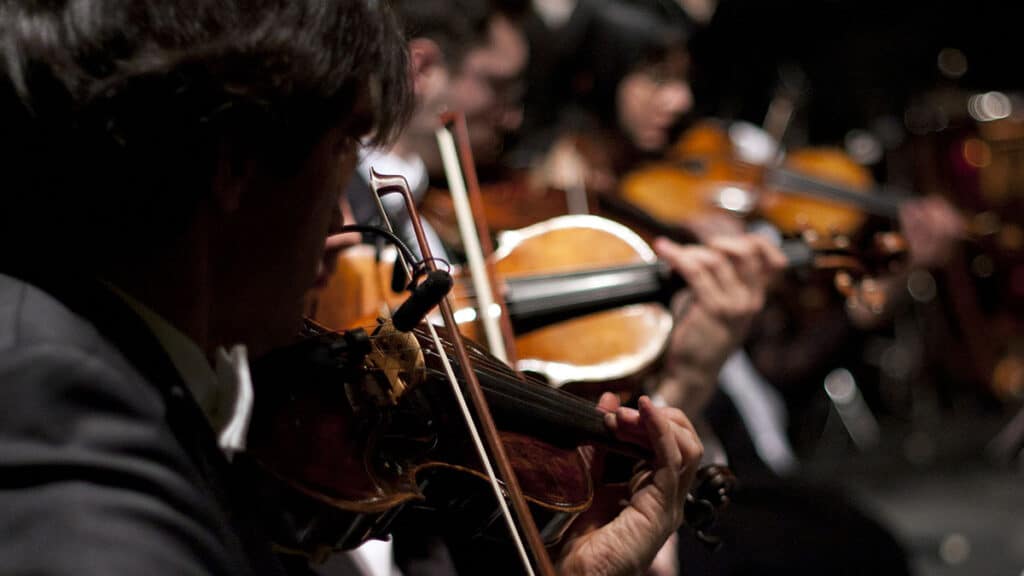
Latin Origins of Classical Music
Ballet is the classical dance. Opera is classical music theatre. Jazz and classical are two sides of the same coin.
Like most human culture, classical music derives from religious ritual. European classical music starts with the Gregorian chants, or sacred songs of Christian monks in Rome, around the 800s.
Classical music of the Americas is often inspired by Indigenous and African Diaspora traditions, in the same way that European classical music is inspired by European folk traditions.
Opera is a subset of classical music. Ballet is the classical dance. Classically-trained Creole musicians created jazz.
Classical music notation is Italian. Though we only focus on Latin artists and compositions, our point of view is that all classical music is Latin because of its Italian origins.
Brazil and Mexico have strong classical music traditions.
Opera is one of classical music’s vocal forms. Ballet is its traditional dance.
Classical Music has Latin origins. In the same way that Latin Music began as religious music in Mother Africa, Classical Music as we know it today began as religious music in Italy.
In the USA, we are taught that everything is European, but digging deeper exposes Classical Music’s Greco-Roman, Egyptian and Arab roots. So Classical Music is really Asian, African and European. Venice, Italy was the traditional gateway to Asia, so it played an important role in Classical Music’s development.
In Europe, Classical Music began as church music. It then evolved into Chamber music played in salons for a privileged elite. Basically it was rich people’s party music. Even today, people like to pretend to be rich (think social media) so as a merchant class emerged, Classical Music’s popularity spread.
In colonial times, the European Diaspora brought Classical Music to the Americas. The Creole (mixed race) children of European immigrants were taught Classical Music traditions. Many were even educated in Europe. Jazz was created by classically-trained Creole musicians.
In the United States, Classical Music is influenced by Jazz, Hollywood and Broadway. In South America, it mixed with folk traditions in the same way that European composers looked to their folk traditions for inspiration.
Classical Music from Sacred to Profane
Like most music around the world, classical music was developed for sacred ceremony.
Medieval Era
What we now consider classical music arose from chant forms in the medieval Catholic Church.
String instruments played with a bow descend from the Arabic rebab. It looks a lot like the Chinese violins that people play in NYC subway stations. Islamic traders controlled the first trade routes between Europe and Asia. The bowed instruments come from somewhere in Asia.
Renaissance Era
Music for social dancing and modern music notation developed during the Italian Renaissance (roughly 1400-1600). The invention of the printing press in Germany around 1440 increased the music’s spread.
Baroque Era
The Baroque Era (roughly 1600 to 1750) is the beginning of what’s called the “common practice period” which includes the Classical and Romantic eras. In this period, tonal systems were standard.
Johan Sebastian Bach is the Baroque archetype. There is also Vivaldi in Italy and many Italian composers. The music was chamber music played for an elite. The harpsichord was popular. Opera begins to appear.
Classical Era
In the Classical Era (roughly the 1750s to the 1820s), the piano replaced the harpsichord, musical forms standardized, and instruments developed into what we know today.
It was a time of German and Austrian dominance with Mozart, Haydn and Beethoven leading the way. Opera begins to develop.
Romantic Era
The Romantic Era (roughly the 1800s to the early 1900s) was characterized by much more dramatic compositions.
Composers begin to break out of the structures of the Classical Era. Large symphony orchestras appear with a lead violinist. A rising middle class begins to enjoy classical music.
Wagner composes grand operas. Tchaikovsky writes grand ballets. Chopin stretches the form and starts to express himself before and after the beat. You have to feel the music to play it.
Modern Era
The Modern Era (roughly 1890 to the 1930s) leaves the standards of the common practice period behind. Life is changing rapidly, so tonal systems change and instrumentation changes. It’s still classical music, but instead of looking to a glorified past or an inward vision, the music spins out into the universe.
As life gets more urban, composers look to folk traditions for inspiration. Bartók starts making weirdly beautiful compositions.
The Jazz Age rises and American influences begin to enter the music. Classical, popular, Hollywood and Broadway traditions begin to blend together.
If classical music begins in African Egypt, now Africa is back in the game.
Composers like Stravinsky, Debussy and Gershwin stand out. Heitor Villa-Lobos is one of the early Latin Americans to enter the canon.
Post Modern Era
The world goes to war for a second time and the nuclear bomb blows apart all preconceptions. Europe is destroyed. It’s New York now.
Straight ahead jazz starts to swing and then jumps into bebop. Anything and everything can be music, including silence.
John Cage goes completely abstract. Philip Glass both stretches and compresses time frames. Laurie Anderson starts using trash technology to make music. Classical and pop music have completely blended together.
Today
Latin New Music composers have a unique cultural framework. We have great Latin interpreters of European classical music, wonderful Indigenous Baroque music, and great Latin composers inspired by folk traditions of the Americas.
So here we are. We have all this great music to enjoy.

